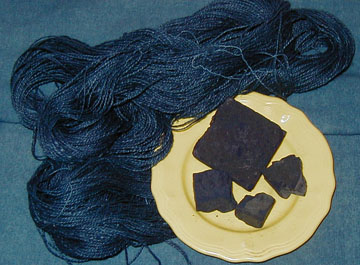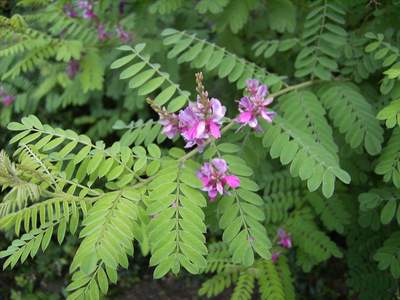South Carolina's Colonial, Indigo Industry, Entrepreneur


Feb 24, 2008 Jeannie Delahunt

At age 16, Eliza Pinckney had a gift for business ventures and horticulture. Cultivating indigo plants, she created a new, thriving, colonial export. George Lucas Pinckney relinquished management of his three rice plantations (South Carolina) to his 16 year old daughter, Eliza, in order to rejoin his regiment in Antiqua. Privileged to an education in England, which was uncommon for women of her time, Eliza was ready to assume these responsibilities. She considered the management of the plantations to be her duties to her family and her home colony.
Eliza Pinckney Begins the Indigo Trade in S. Carolina
Managing the plantations involved management of the crops, the slaves (Eliza taught them to read and write), marketing/manufacturing the products produced on the plantations as well as directing the finances. Aside from that, Eliza taught herself some law and was able to draw up simple wills for those who asked for her help. She wrote her father detailed letters and copies of her letters regarding her enterprises and transactions.

Inspired by her readings of Virgil, Eliza was convinced that the climate in South Carolina was akin to the climate in Italy. If indigo could be grown in Italy, it could also grow in South Carolina. Therefore, she experimented with different indigo seeds year after year. Year after year the winter frosts destroyed her crops. Finally, a crop of indigo succeeded. Generously, Eliza distributed the seeds from the harvest to her neighbors. The tougher strain endured the cold and a new colonial industry was born.
"Indigo proved more really beneficial to Carolina than the mines of Mexico or Peru were to Spain.... The source of this great wealth ... was a result of an experiment by a mere girl."
Edward McCrady, historian of colonial South Carolina
Indigo Becomes the Leading Export for Colonial South Carolina
So successful was the export of indigo, that it surpassed the exports of rice and became S. Carolina's leading export during the colonial period. There were 5,000 pounds of indigo exported for the year, 1745. By the year 1775, there were 1,107,660 pounds exported. This had a value using today's standards of worth equalling $30 million dollars!
Though Eliza's father was British, Eliza identified herself with the 13 colonies. In fact, one of her sons, Charles Cotesworth Pinckney signed the United States Constitution. Her other son, Thomas Pinckney became the governor of South Carolina. She was so honored that George Washington offered his services to be a pallbearer at her funeral.
Eliza's strain of indigo successfully enriched South Carolina's economy of her day. However, this success wasn't to last. Other crops became popular and economically more advantageous to grow such as corn. Plus, the French and British indigo markets declined as France and Britian turned to other suppliers.
None-the-less, a plucky young woman with an enterprising gift and spirit economically helped the revolutionary cause for the 13 colonies with her successful adaption of indigo plants to the climate of South Carolina. Indeed, the indigo grown in the southern colonies was used to dye the uniforms of the Continental Army. Thus, the soldiers were given the nickname, Bluecoats.

Sources
Cokie Roberts, Founding Mothers, (Harper Collins Publishers, Inc. 2004) pgs. 1-13.